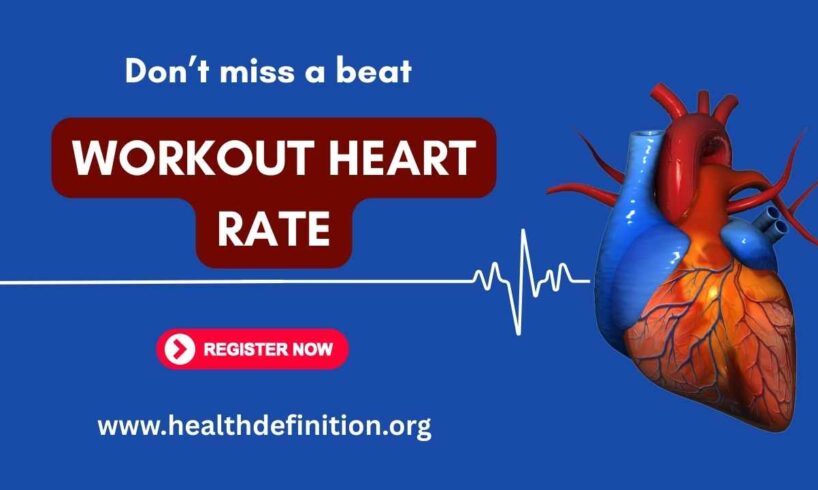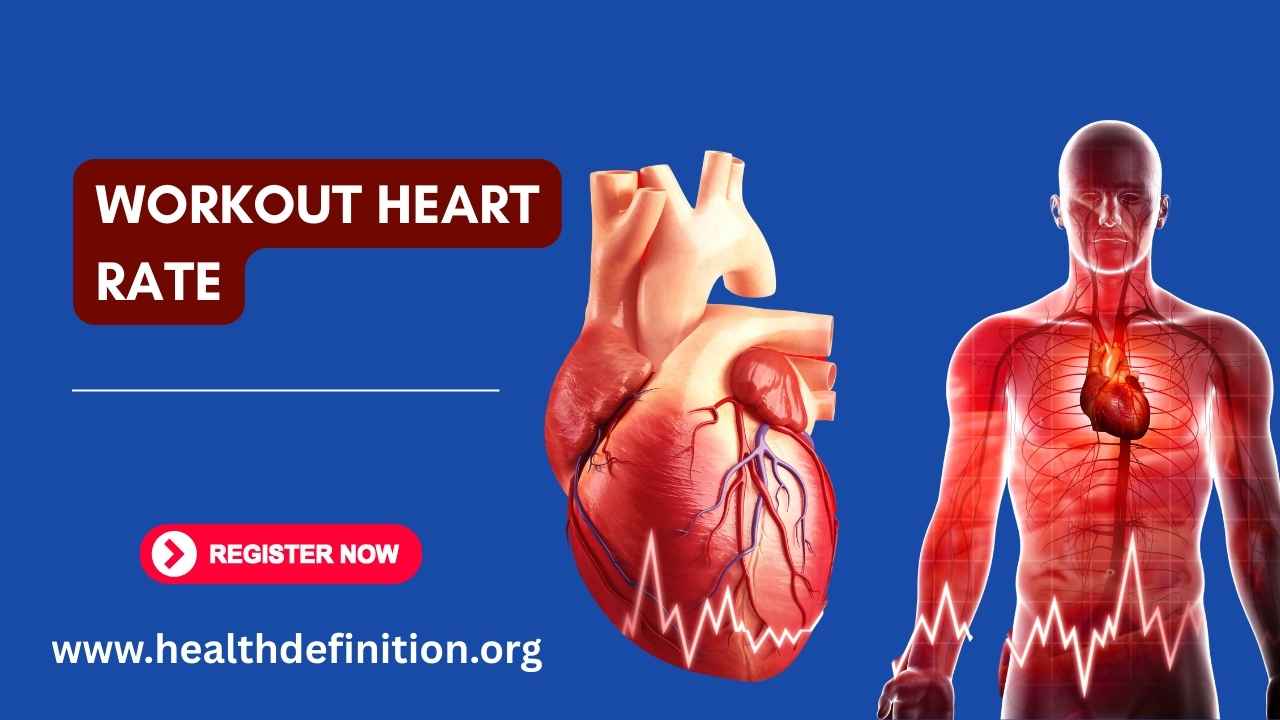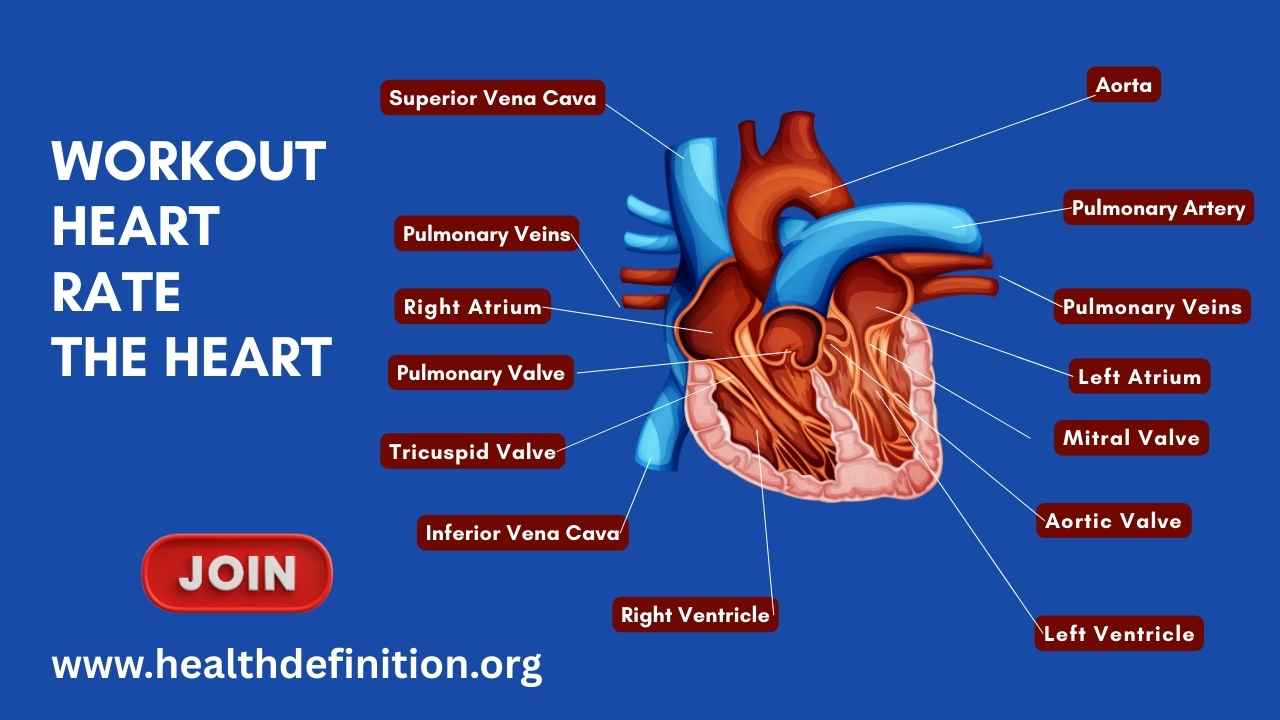
When it comes to getting the most out of your fitness routine, tracking your workout heart rate can be a total game-changer. Whether you’re looking to burn fat, build endurance, or improve your overall heart health, understanding your workout heart rate is the key to unlocking those goals.
In this in-depth guide, we’ll explore everything you need to know about workout heart rate—from the science behind it to how you can use it to level up your workouts like a pro. Ready? Let’s dive in.
What Is Workout Heart Rate?
Your workout heart rate is the number of times your heart beats per minute (BPM) while you’re exercising. It reflects the intensity of your workout and helps you determine whether you’re in the right training zone to meet your fitness goals.
Knowing your workout heart rate gives you real-time feedback about your performance. Instead of guessing, you can be sure you’re hitting the right intensity—every single time.
Why Workout Heart Rate Matters for Everyone
No matter your fitness level, monitoring your workout heart rate offers some serious benefits:
-
Maximize fat burn by staying in the optimal heart rate zone
-
Avoid overtraining and reduce injury risk
-
Improve cardiovascular endurance more efficiently
-
Track progress over time with data-driven insights
Your workout heart rate is your body’s internal fitness meter—it doesn’t lie.
How to Calculate Your Maximum Workout Heart Rate
To make sense of your workout heart rate, you first need to calculate your maximum heart rate (MHR). The most common formula is:
220 – Your Age = Maximum Heart Rate
Example: If you’re 35 years old, your estimated MHR would be:
220 – 35 = 185 beats per minute (BPM)
This number helps you figure out your target heart rate zones—which is where the real magic happens.
Understanding Workout Heart Rate Zones
There are five main workout heart rate zones, each tailored to a different fitness goal. Let’s break them down:
Zone 1: Very Light (50–60% of Max HR)
-
Best for: Warm-ups, recovery, active rest days
-
Benefit: Boosts circulation, helps you stay active on low-energy days
-
Example: Brisk walking, gentle stretching
Zone 2: Light (60–70% of Max HR)
-
Best for: Fat burning, aerobic base building
-
Benefit: Enhances endurance, burns fat efficiently
-
Example: Steady-state cardio, cycling, light jogging
-
Tip: This is the fat-burning zone—a great place to stay for longer workouts

Zone 3: Moderate (70–80% of Max HR)
-
Best for: Improving aerobic capacity
-
Benefit: Increases cardiovascular strength, stamina
-
Example: Tempo runs, moderate spin classes
Zone 4: Hard (80–90% of Max HR)
-
Best for: Performance improvement
-
Benefit: Boosts VO2 max, threshold training
-
Example: High-intensity intervals, fast running
Zone 5: Maximum Effort (90–100% of Max HR)
-
Best for: Short bursts of max effort
-
Benefit: Improves speed, power, explosiveness
-
Example: Sprinting, CrossFit WODs
Understanding where your workout heart rate falls in these zones can help you train with purpose.
Best Tools to Track Workout Heart Rate
To truly take control of your workout heart rate, consider using a fitness tracker or heart rate monitor. Some of the most popular options include:
-
Apple Watch – Offers real-time workout heart rate tracking, zone alerts
-
Garmin – Ideal for athletes, tracks advanced metrics
-
Fitbit – Great for beginners tracking general activity
-
Chest Strap Monitors (Polar, Wahoo) – Offers the most accurate workout heart rate data your device is worn properly and synced with your fitness app to monitor your workout heart rate effectively.
How to Train Based on Workout Heart Rate
Training according to your workout heart rate can be incredibly effective—but only if you align your workouts with your goals. Here’s how:
Want to Burn Fat?
-
Stay in Zone 2 (60–70% MHR)
-
Focus on 45–60 minutes of low to moderate cardio
-
Keep your workout heart rate steady, avoid big spikes
Want to Build Endurance?
-
Combine Zone 2 and Zone 3 training
-
Incorporate long runs, bike rides, or swims
-
Maintain your workout heart rate over a longer duration
Want to Increase Speed & Performance?
-
Use Zone 4 and Zone 5
-
Try interval training or sprints
-
Alternate between high and low workout heart rate periods (HIIT)
Want Active Recovery?
-
Stick to Zone 1
-
Gentle walks or yoga to keep your workout heart rate low
Workout Heart Rate Tips & Best Practices
-
Warm up properly: Let your workout heart rate rise gradually to prepare your body.
-
Hydrate: Dehydration can artificially raise your workout heart rate.
-
Listen to your body: If your workout heart rate feels unusually high or low, rest or scale down.
-
Cool down: Slowly bring your workout heart rate down post-workout for better recovery.

Factors That Affect Workout Heart Rate
Your workout heart rate is influenced by more than just how hard. Some common factors include:
-
Age
-
Fitness level
-
Sleep quality
-
Hydration
-
Weather
-
Caffeine intake
-
Stress & anxiety
If you notice your workout heart rate is off from your normal, one of these may be the cause.
The Role of Resting Heart Rate vs. Workout Heart Rate
Your resting heart rate (RHR) is another important metric to track alongside your workout heart rate. A lower RHR combined with a strong, consistent workout heart rate usually indicates good cardiovascular fitness.
Check your RHR first thing in the morning. Over time, improvements in your workout heart rate training will likely bring your RHR down—a very good sign.
Frequently Asked Questions (FAQ)
✅ What’s a good workout heart rate?
A good workout heart rate depends on your age and goals. For fat burning, aim for 60–70% of your max heart rate. For endurance, 70–80%. Always personalize it!
✅ Is it bad if my heart rate is too high during exercise?
It can be. If your workout heart rate exceeds 90% of your max for too long, it may lead to overtraining or health risks. Use a monitor to stay within range.
✅ Can strength training raise your workout heart rate?
Yes! Compound movements like squats and deadlifts can elevate your workout heart rate, especially if performed in a circuit.
✅ Should I care about workout heart rate if I’m just starting?
Absolutely. Beginners benefit greatly by tracking their workout heart rate to avoid overexertion and stay safe.
Final Thoughts: Train Smarter With Workout Heart Rate
The days of training blindly are over. With just a little knowledge and a heart rate monitor, you can take full control of your fitness journey. Whether your goal is fat loss, endurance, or elite performance, understanding your workout heart rate is the fastest, safest, and smartest way to get there.
So next time you hit the gym or the trail, keep one eye on your watch—and one on your goals. Let your workout heart rate guide the way.
Frequently Asked Questions (FAQs)
Q1: What is a normal heart rate during a workout?
A: A normal workout heart rate varies depending on your age, fitness level, and workout intensity. Generally, during moderate-intensity workouts, aim for 60–80% of your maximum heart rate. For example, if you’re 30 years old, a normal range might be 114–152 BPM.
Q2: How do I calculate my maximum workout heart rate?
A: Use the simple formula:
220 – your age = maximum heart rate (MHR)
This gives you a starting point to calculate your heart rate training zones.
Q3: What is the best workout heart rate for fat burning?
A: The optimal fat-burning zone is typically 60–70% of your MHR (Zone 2). In this range, your body uses fat as a primary fuel source, making it ideal for weight loss and endurance building.
Q4: Can I use workout heart rate to improve performance?
A: Absolutely! Training in higher zones (Zone 3–5) helps improve your aerobic capacity, speed, and power output. Monitoring your workout heart rate ensures you’re pushing your limits safely.
Q5: Why is my workout heart rate so high even with light exercise?
A: Several factors can elevate your workout heart rate, including:
-
Dehydration
-
Lack of sleep
-
Stress or anxiety
-
Overtraining
-
Illness or fatigue
If it happens often, consider adjusting your routine or consulting a doctor.

Q6: Is it dangerous if my heart rate is too high during a workout?
A: It can be. If your workout heart rate exceeds 90% of your MHR for extended periods, you may be putting unnecessary stress on your heart. Always listen to your body and slow down if you feel dizzy, nauseous, or out of breath.
Q7: Do strength training workouts affect heart rate like cardio does?
A: Yes! Compound lifts and circuit-style strength workouts can significantly raise your workout heart rate, especially when done at high intensity or with minimal rest.
Q8: Should beginners track their workout heart rate?
A: Definitely. For beginners, tracking workout heart rate helps prevent overtraining, build a strong aerobic base, and create safe, personalized fitness plans.
Q9: How long should I stay in a target heart rate zone?
A: For most workouts:
-
Fat burning: 30–60 mins in Zone 2
-
Endurance: 45–75 mins in Zone 2–3
-
HIIT: 20–30 mins alternating between Zone 4 and recovery
Tailor the duration based on your fitness level and goals.
Q10: What’s better—high heart rate workouts or steady-state cardio?
A: Both have benefits.
-
High heart rate workouts (like HIIT) are great for performance, calorie burn, and time efficiency.
-
Steady-state cardio is easier on joints and better for beginners or fat-burning.
Use your workout heart rate to balance both styles in your training.
Key Takeaways
-
Workout heart rate = heartbeats per minute (BPM) during exercise
-
Helps monitor exercise intensity, fat burn, and cardiovascular performance
-
Calculated using the formula:
220 - your age = max heart rate (MHR) -
Training zones:
-
Zone 1 (50–60%) – Recovery & warm-up
-
Zone 2 (60–70%) – Fat-burning & endurance
-
Zone 3 (70–80%) – Aerobic fitness
-
Zone 4 (80–90%) – Performance & threshold training
-
Zone 5 (90–100%) – Max effort & speed
-
-
Devices like smartwatches and chest straps help track your workout heart rate






